Catherine import review
The Persona team gives us an amazing story and a terrible game
The marketing campaign in Japan for Catherine, the first HD title from the makers of Persona, focused on the game's characters and story. The game's debut preview in Famitsu was entirely centered on the characters, while leaving the important details –even what genre the game was – out. Trailer after trailer focused on the main character of Vincent and his tragic entanglement in a love triangle. We now know why Atlus placed the focus where they did. The story of Catherine is an amazing achievement. Its tale is a profound, Haruki Murakami-inspired coming-of-age story that addresses important sociological changes happening in Japan and the rest of the world. Unfortunately, the game that must be played in order to experience the story is a simple puzzle game irreparably marred by anachronisms and poor design choices.
Catherine opens on Vincent, a 32 year old man, having a conversation with his long-term girlfriend Katherine. Vincent seems content with his life: he has an attractive girlfriend, decent friends, and a stable job that keeps him in beer with enough money left over to keep his phones and gadgets state-of-the-art. Katherine is not nearly as fond of the status quo; she says her parents have been reminding her that she's not getting any younger and that its time for her to settle down. Vincent doesn't want to make a commitment and simply says, “Isn't having fun the most important thing?”
The opening scene makes it clear that Catherine isn't treading old territory with its story. The characters are adults, and they have to deal with the all the issues contemporary young Japanese adults cope with on a daily basis. Make no mistake about it – the setting for Catherine is modern Japan, and no amount of western names and half-hearted allusions to the prices of goods in dollars can change that. The worries of Katherine's parents may seem old-fashioned in many modern western societies, but not in Japan, where women working and choosing not to get married young –or at all – is treated as a national crisis on TV in newspaper op-eds and bestselling books. The clothes of the characters are unmistakably Japanese (most actually bear a suspicious resemblance to the fall 2009 line-up at Japanese retail giant Uniqlo), as are the character's cell phones (no iPhones seen here). Even Vincent's apartment is Japanese, from his desktop computer on the floor to the fluorescent lighting fixtures.

If you're still planning on importing despite Atlus's recent announcement of a North American release this summer, you'll need a fair amount of Japanese ability to enjoy the story. Those with a couple years of college study may be able to get the gross details of the game's story, but only those speak it proficiently should consider importing.
That Atlus would set the game in modern Japan, then pretend they didn't seems odd until one realizes that it's a convenient fig leaf to hold over the serious issues the story lays bare. Vincent's world is turned upside down when he meets Catherine, a coquettish blonde who seems to be exactly what Vincent wants: someone to have fun with. Unfortunately, things grow more complicated when Katherine tells Vincent that she's late and may be pregnant. Vincent's world is collapsing around him – he must choose between his carefree lifestyle and actual adulthood and the responsibilities that go along with that. The player chooses what path Vincent takes using a morality system far more subtle than seen in most games. Instead of choosing how to react at big moments, the player dictates Vincent's response to seemingly insignificant questions posed by NPCs. These questions shift the game's morality meter, and that in turn dictates how Vincent reacts to unexpected situations.

The rest of the gameplay isn't nearly as progressive. While Vincent is choosing between Catherine and Katherine, he's also having strange dreams. Meanwhile, young men throughout the city are dying in their sleep. A popular urban legend holds that these men fell while climbing in a dream, and when they hit the ground, they died in real life.
Each night after falling asleep, Vincent enters a nightmare world filled with anthropomorphic sheep who resemble his friends and acquaintances in the real world. He, along with all the other sheep, is forced to climb up a wall of moveable blocks. The meat of Catherine's gameplay revolves around pushing and pulling these blocks into position in order to create a staircase that allows Vincent to ascend to the top. Despite the game's amazing story, at least fifteen of the twenty hours it took us to complete the game were spent climbing blocks. The reason it took us so long is the game's brutal difficulty. While a patch is slated to relieve that issue (Japanese fans loudly pressured Atlus to address the problem after the game's release) it was not available during our time with the game.
Sign up to the 12DOVE Newsletter
Weekly digests, tales from the communities you love, and more

Normally, difficulty wouldn't be an issue. Modern games like Super Meat Boy have proven the worth of masochistic difficulty. However, Catherine's underlying mechanics can't support such difficulty. The lack of an auto-save feature is compounded by the game offering players limited lives, and no continues. Once you lose your lives, it's back to the titles screen, where you have to reload and sit through whatever dialog sequences and cutscenes lie between the save point and the actual level on which you died. The difficulty is compounded further by the addition of enemies which bring a bit of randomness to the game's puzzles.
We often found that after we'd solved a section of a puzzle, our path would be blocked by enemies upon retrying the section. With no alternative solutions, we'd be forced to sacrifice a life and hope that the enemy AI behaved differently the next time (sometimes it would, sometimes it wouldn't). Progression relies upon controlling how the wall of blocks collapses. Because of the game's limited field of vision, there was no way to know whether a move that allowed us to progress in the moment would lead to a no-win situation ten minutes later, and the sheer randomness of enemy behavior meant that trial and error wasn't even a reliable method of progression. Things got even worse during the game's boss sections, where the game wrests control of the camera from the player during massive attacks.
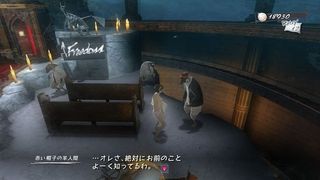
Between the arbitrary difficulty and limited lives, Catherine feels more like a port of an old-school arcade game than a modern AAA title. The inclusion of an 80s style arcade demake of the puzzle sections seems to indicate that Atlus knew quite well that its game would be perceived as such. As amazing as the game's story is, it's hard to recommend throwing down $80 plus on an import copy of the game, when the English language version is just around the corner and will probably include the upcoming difficulty patch on the disc.
Mar 8,2011
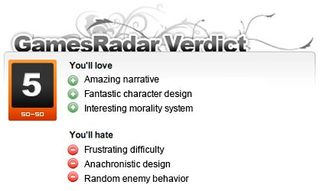
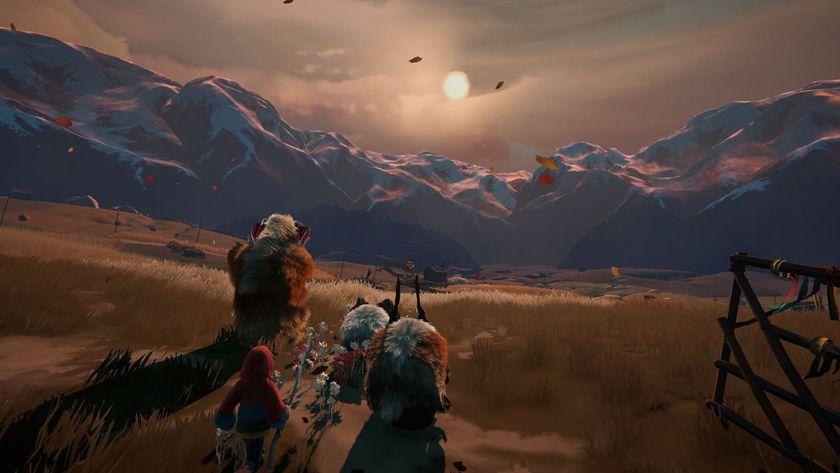
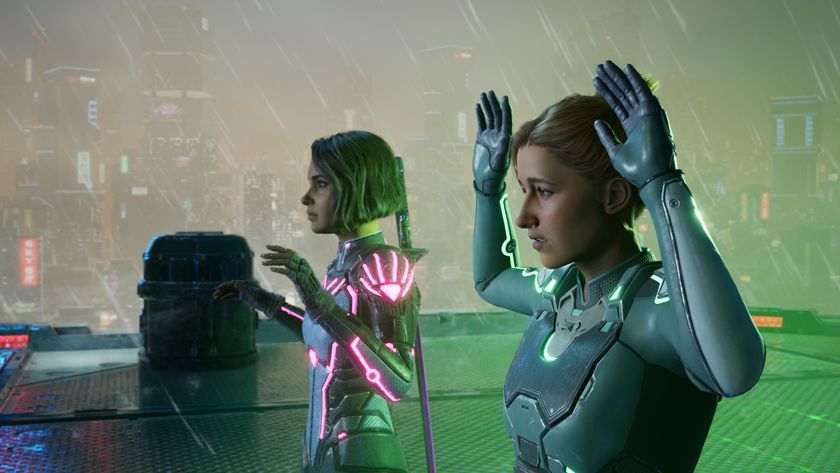
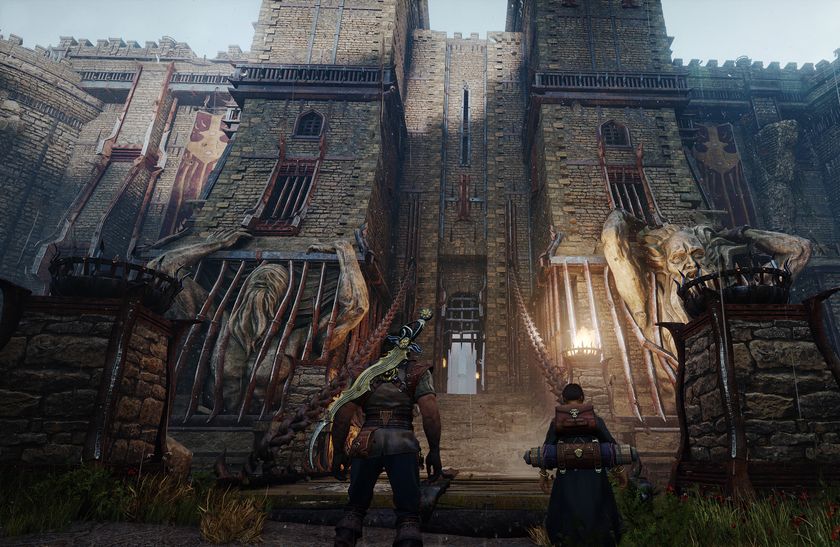
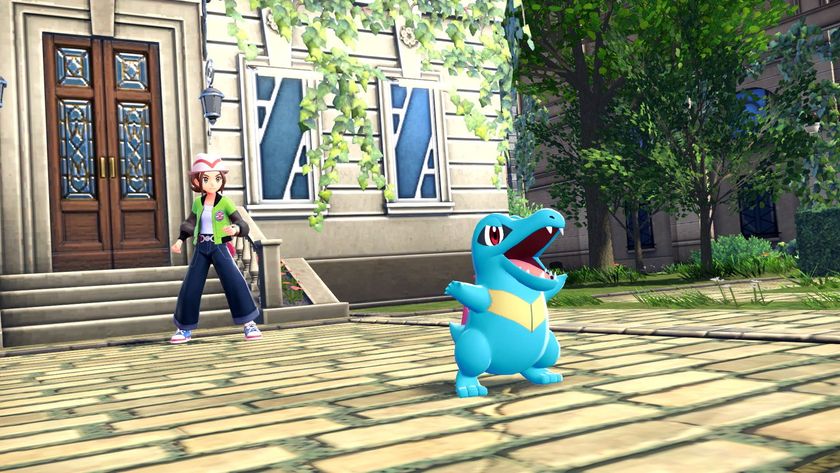
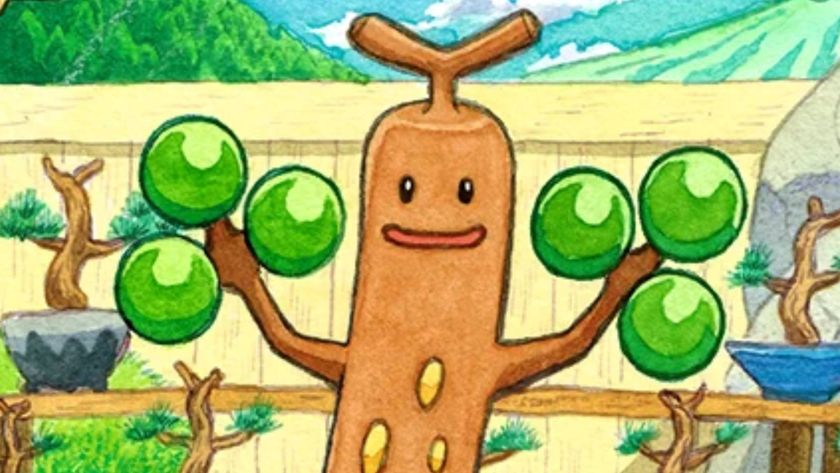
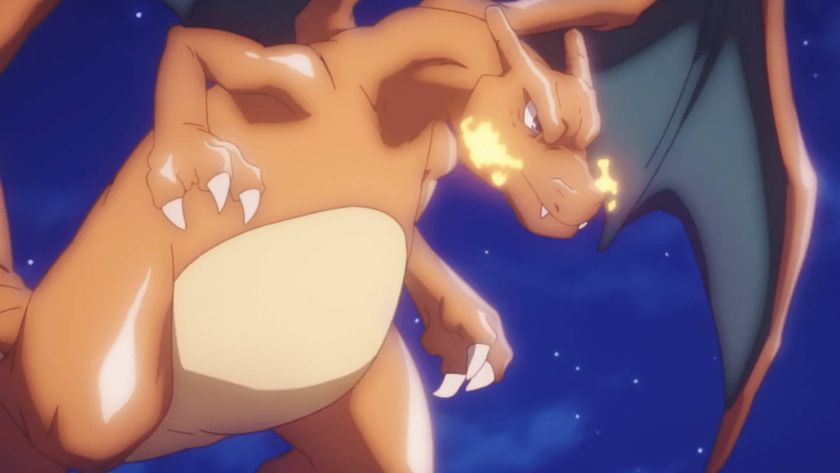







With 18,000 glowing Steam reviews on their lovely debut game, this indie team's game about leading cute fantasy yaks up a mountain is instantly one to watch

Blades of Fire plays like a lost Xbox 360-era mashup between God of War and Soulslikes, and it's coming from the studio behind Metroid Dread





